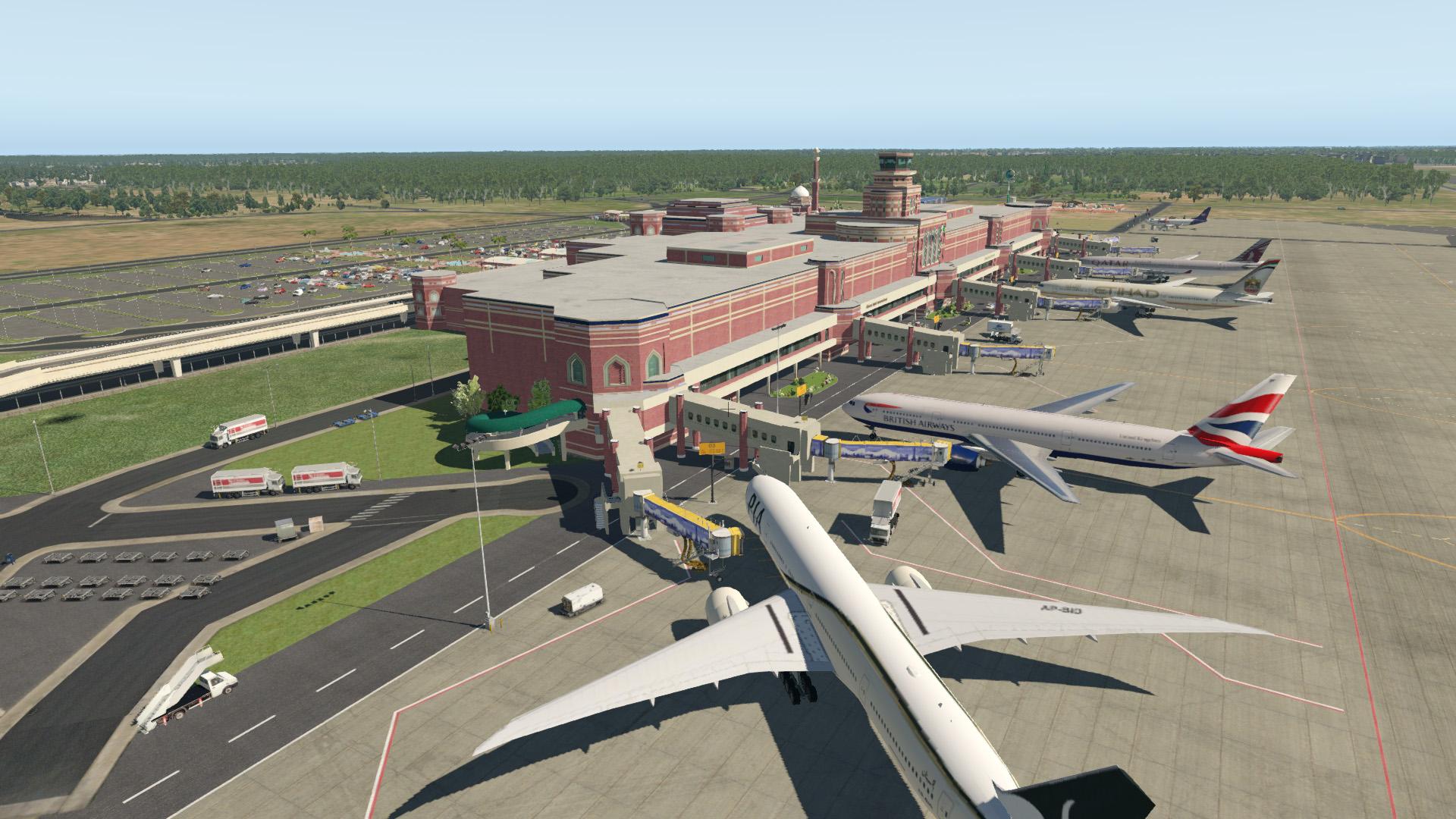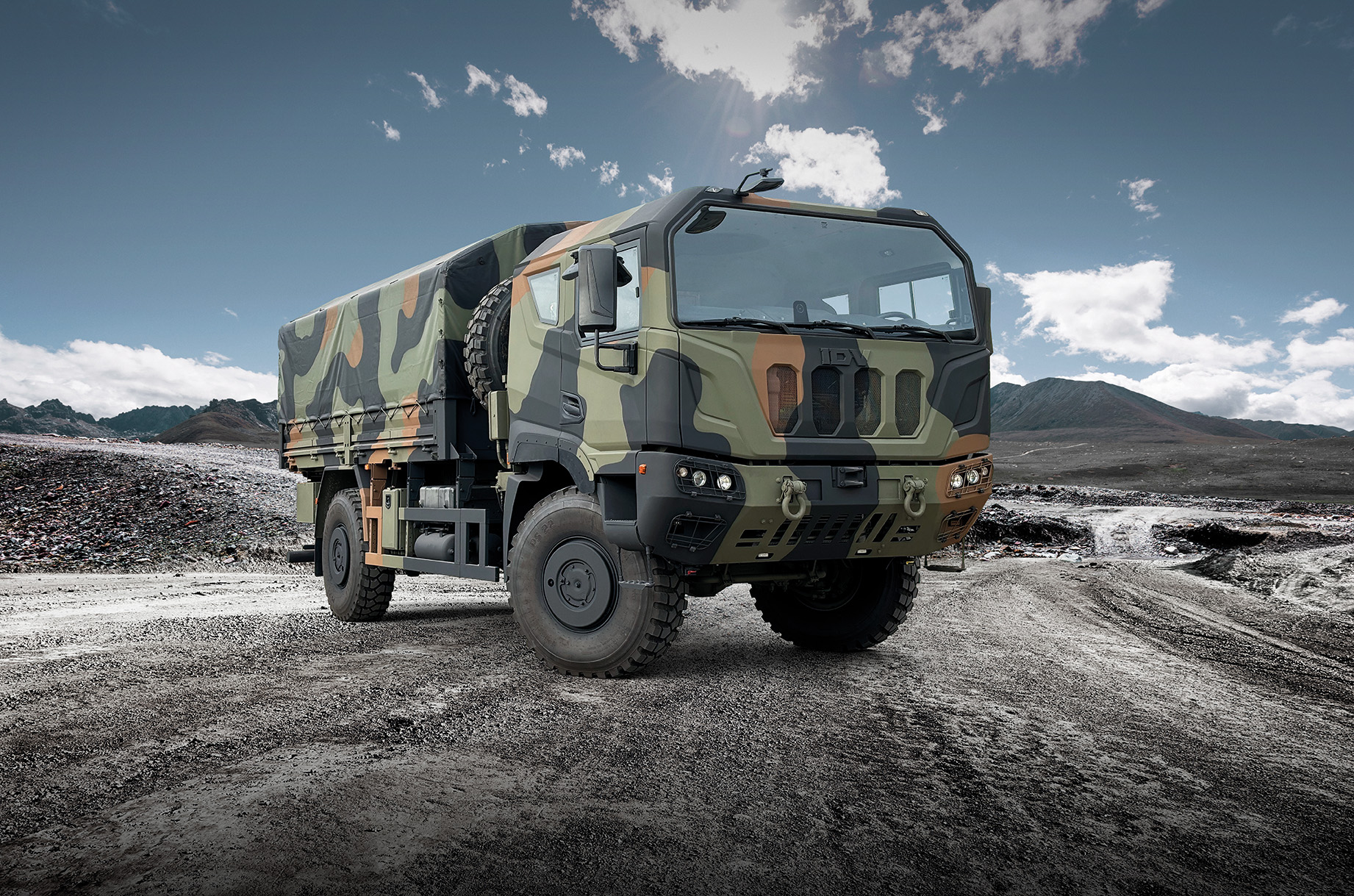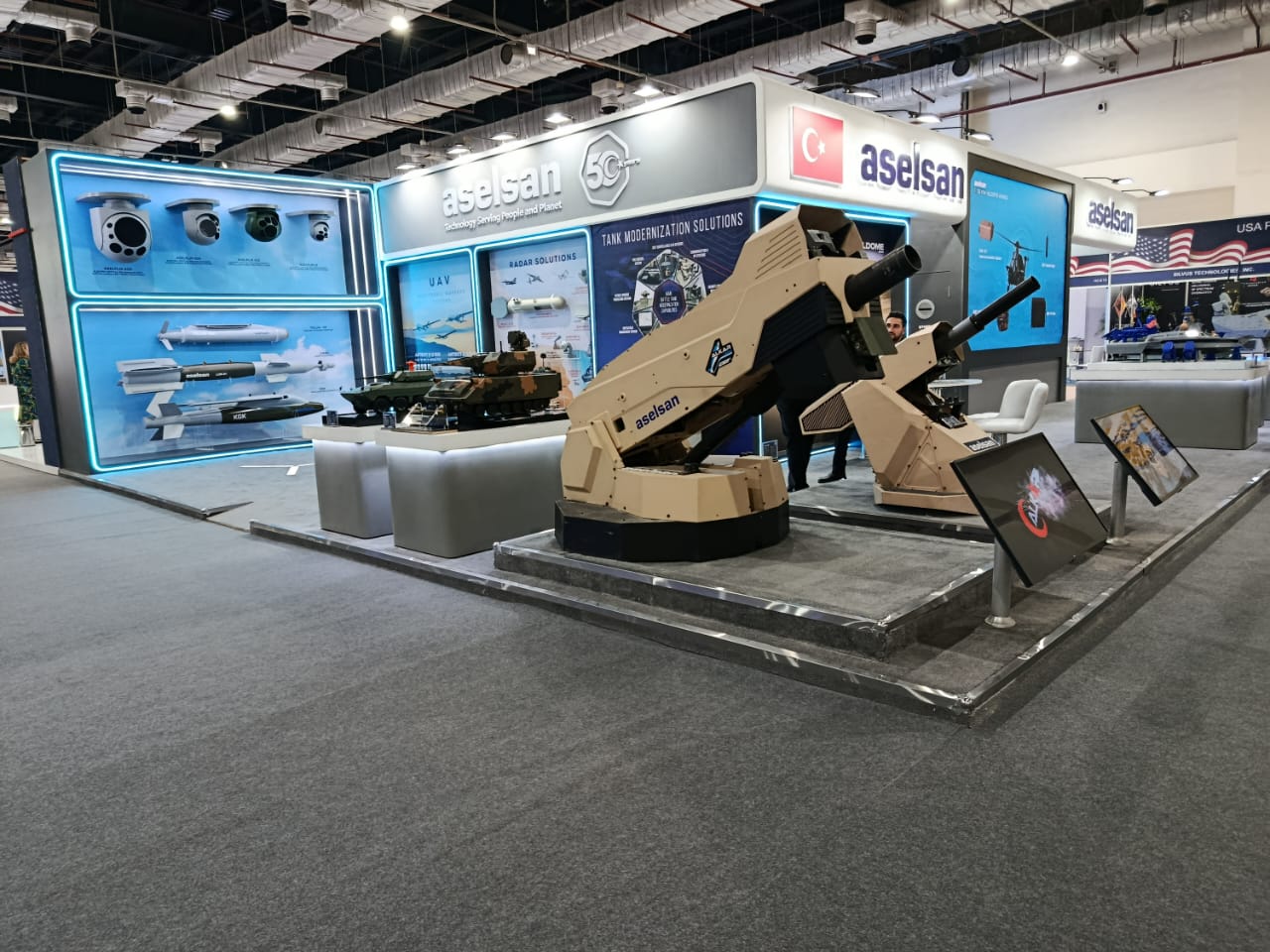What was once a far-off idea about using military force in space is now a real part of modern military planning. Space has now become a battlefield, where countries fight for control and the results can be significant. With the United States, Russia and China speeding up the development of ASAT weapons, satellite networks and electronic warfare, space is now the main stage for power projection in the 21st century. The competition for weapons is now happening in outer space, not just on land, in the air, at sea or online.
Space has long been considered a place for battles. The Cold War was the time when the U.S. and USSR battled for control of space. The launch of Sputnik in 1957 started the first “space race,” which was originally meant for science but soon became a matter of strategy. As the Cold War went on, both sides noticed that leading in space meant having the best systems for watching, talking and detecting missiles. In the 1980s, President Reagan’s SDI openly proposed using space for missile defense which was a major step toward arming space.
In the 21st century, the growth of space forces and specialized military commands is picking up speed around the world. Space was officially declared a warfighting domain by the U.S. when the U.S. Space Force was established in 2019. Both Russia’s Aerospace Forces and China’s Strategic Support Force now include military space activities in their main plans. In December 2023, Chinese military scientists made public a secret space combat simulator to deal with growing threats in space which shows how seriously the space contest is being taken.
The use of missiles for space warfare is no longer the only approach. The use of high-powered microwaves, lasers, electronic jamming and cyberattacks in counterspace has increased the difficulty of the situation. Now, satellites can be attacked by cyber intruders, jammed from the ground or given false data which allows for silent and serious damage to communication and surveillance systems.
In addition, constellations of satellites in Low Earth Orbit (LEO), including SpaceX’s Starlink and China’s planned systems, have made space very crowded. They act as real-time ISR platforms, giving a clearer picture of the battlefield and allowing for strong communication when conditions are hard. In the Russia-Ukraine conflict, LEO satellites helped a great deal by providing imagery, communication and navigation support.
The United States is at the forefront with its Proliferated Warfighter Space Architecture (PWSA) which aims to place resilient satellite networks for tracking missiles, communication and tactical ISR. The U.S. is making it clear that it plans to stay ahead in space with a 2024 Space Force budget of $30 billion which is 22% more than the previous year. Besides, the private sector is very important in the country. Firms such as SpaceX, Amazon’s Kuiper and Blue Origin are creating systems that can be used for both business and defense.
Russia, thanks to its experience in the Cold War, is a major player in space military activities. Although Russia’s civil space program is falling behind China and the U.S., its emphasis on low-cost, easily replaceable satellites, missiles that destroy satellites and electronic warfare systems keeps its space deterrence strong. The development of new counter-space technology and updated hunter-killer satellites shows that it is serious about asymmetric competition.
China is also trying to change the U.S.-led space order by spending a lot on ISR satellites, hypersonic missile tracking and its own space station, Tiangong. The PLA relies on the MCF strategy to bring civilian ideas and technologies into its military space projects. With its ambitions for a lunar base, Mars missions and worldwide satellite systems, China is on the path to becoming the second-largest space power, hoping to compete with the U.S. and form a new space administration system based on its Belt and Road Initiative.
The involvement of the military in space has caused Fifth-Generation Warfare (5GW) to rely on non-physical, mental, information-based and asymmetric tactics. Satellites are now being used for more than surveillance and strike support; they are also used for influence operations. Using satellites, countries can spread messages, manage their stories and deliver information during conflicts, changing how people and governments respond.
Space technology is now used to launch cyberattacks on satellite centers and to carry out psychological operations through satellite communication. During the 1991 Gulf War, the U.S. used satellites to deliver psychological operations. In the most recent wars, Russia has interfered with satellites and China has created military networks of ISR and communications to balance out the U.S. edge.
Besides, GPS, BeiDou and GLONASS are important satellite systems used in international trade, military operations and emergency situations. A problem with these systems could seriously harm economies and cause widespread unrest which proves how vital space is for national security.
Commercial space companies play a key role in how space is used for warfare. The U.S. Department of Defense and NATO are turning more to startups and SMEs for fast and affordable solutions. DIANA from NATO and the U.S. Space Development Agency’s fast acquisition methods are driving new developments.
This model gives us speed, the ability to scale and new ideas. Still, there are dangers involved. Commercial constellations may be attacked in a conflict which makes it difficult to tell apart civilian and military assets and can complicate international laws.
Startups and small businesses focused on AI-based satellite navigation, quantum communications and space-based ISR are now operating where defense and business meet. Because the defense sector now relies on commercial technology, it is exploring joint ventures, public-private partnerships and investing in startups working in space.
Even with new technology, using space for weapons creates many problems. The presence of space debris, the chance of conflict rising and unclear laws can lead to mistakes. If a satellite is hit by a kinetic weapon, the debris it creates can make entire orbits unusable, a situation known as the Kessler Syndrome.
Additionally, because there are no recent international agreements on space military activities, there is a legal gap. The Outer Space Treaty from 1967 is not equipped to handle modern challenges in space warfare. An international set of rules for space behavior should be put in place without delay to avoid accidents and preserve the safety of space.
The peaceful realm of space is now becoming a new area of international competition. With the U.S., Russia and China building up their military capabilities in space, the difference between using space for security and for war is getting harder to see. The rise of kinetic, non-kinetic and hybrid counterspace systems shows that a new arms race is starting in space.
In future land battles, having superiority in space will matter a lot, as real-time intelligence, secure links and quick targeting give important advantages. Ensuring that deterrence, not domination, is the main goal of space policy is now the main challenge. If there is no joint effort and no rules, the technology meant to save us might end up starting a war that takes place high above the Earth.

Muskan Moazzam
Ms. Muskan Moazzam has worked as a Research Officer in the Ministry of Defence. She has also worked as an Interview Host and Producer for a Media House. Currently, she's working as a Researcher at Arms Control and Disarmament Centre (ACDC), Institute of Strategic Studies, Islamabad (ISSI).
- This author does not have any more posts.













